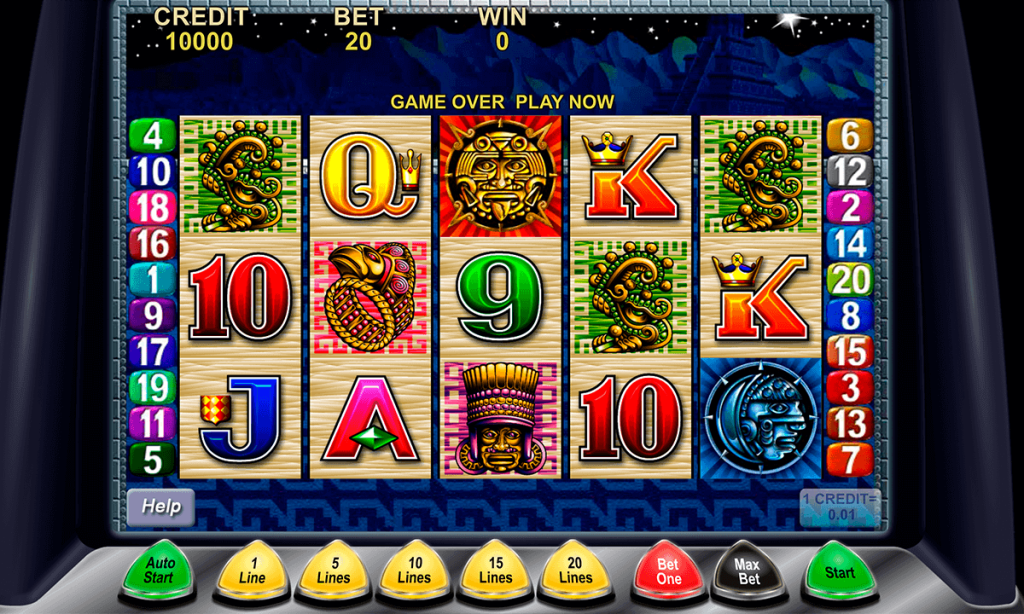How Online Slot Gaming Has Evolved Over the Past Decade
Over the past decade, online slot gaming has undergone a remarkable transformation, evolving from simple, traditional machines to highly sophisticated digital experiences. This evolution can be traced through several key developments, including technological advancements, changes in game design, and shifts in player preferences. In the early 2010s, online slots were primarily digital replicas of classic physical slot machines. These games typically featured three reels and a limited number of paylines, with graphics and sounds designed to mimic their land-based counterparts. The focus was on replicating the nostalgic charm of traditional slots while providing the convenience of online play. However, as technology progressed, so did the complexity and creativity of online slot games. One of the most significant advancements was the transition from Flash-based games to HTML5 technology. This shift allowed for more dynamic and visually appealing games that could be played on a variety of devices, including smartphones and tablets. HTML5 provided the flexibility to create richer graphics, smoother animations, and interactive features that enhanced the overall gaming experience.
This technology also enabled developers to design games that were not only visually impressive but also more accessible across different platforms, leading to a surge in mobile gaming. The introduction of 3D graphics and advanced animation techniques marked another leap in online slot gaming. Developers began to create games with immersive themes and intricate visual elements, such as detailed character animations and elaborate backgrounds. These advancements allowed for more engaging and story-driven experiences, making online slots more akin to interactive entertainment rather than just gambling machines. Themes expanded beyond traditional fruit machines to encompass a wide range of genres, from adventure and fantasy to movies and pop culture, catering to diverse player interests. Game mechanics also saw significant innovation. The introduction of new features, such as cascading reels, expanding wilds, and multi-level bonus rounds, added layers of excitement and complexity to gameplay. These features not only increased the potential for big wins but also kept players engaged with varying gameplay experiences. The concept of gamification became prevalent, with many slots incorporating elements such as achievements, leaderboards, and progress tracking to enhance player engagement and satisfaction.

In addition to technological and design advancements, the regulatory landscape for online slot gaming evolved over the decade. Many jurisdictions implemented stricter regulations to ensure fair play and responsible rtp live slot gaming. This included measures such as mandatory random number generators RNGs to guarantee game fairness and responsible gambling features like deposit limits and self-exclusion options. These regulatory changes helped build trust among players and contributed to the growth of the online slot industry. Moreover, the rise of online casinos and gaming platforms led to increased competition among developers. This competitive environment drove innovation and led to a proliferation of slot games, with new releases coming out frequently. The integration of social features, such as multiplayer slots and social media integration further enriched the online gaming experience by allowing players to connect and share their achievements. Overall, the evolution of online slot gaming over the past decade reflects a broader trend towards more immersive, accessible, and engaging digital entertainment. As technology continues to advance, it is likely that online slots will continue to innovate, offering even more sophisticated and enjoyable experiences for players around the world.